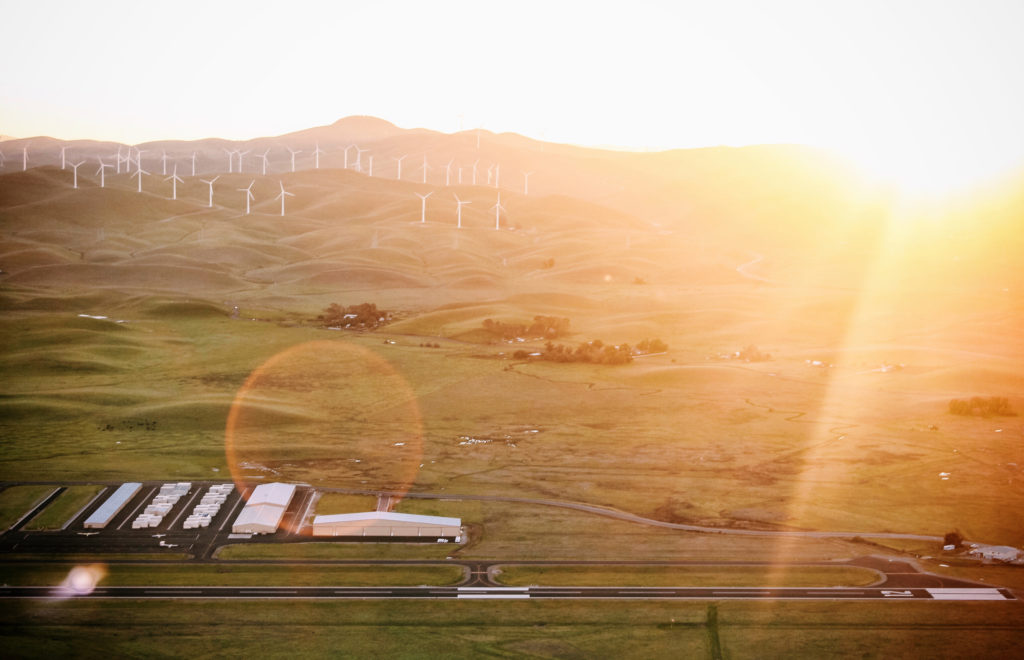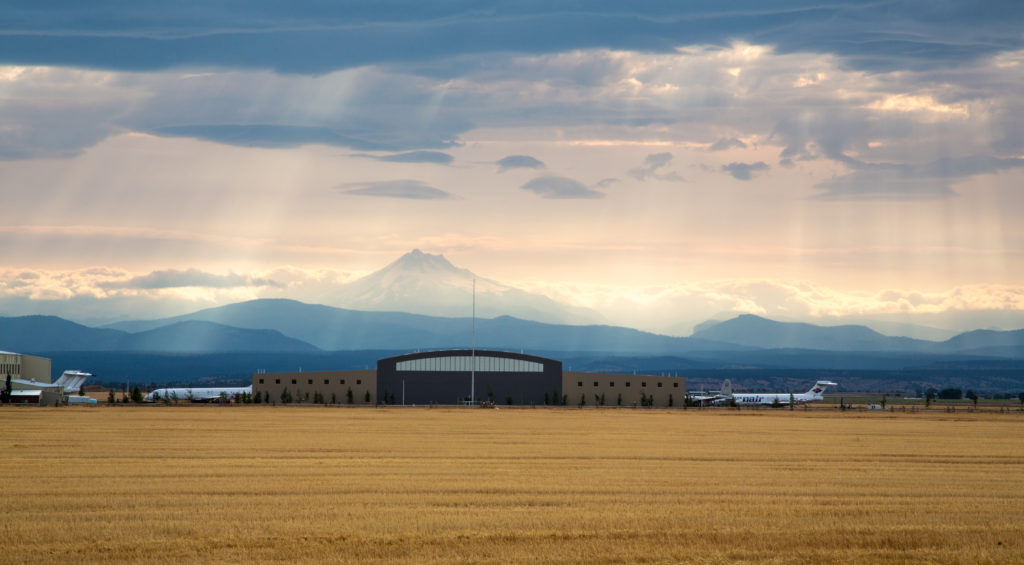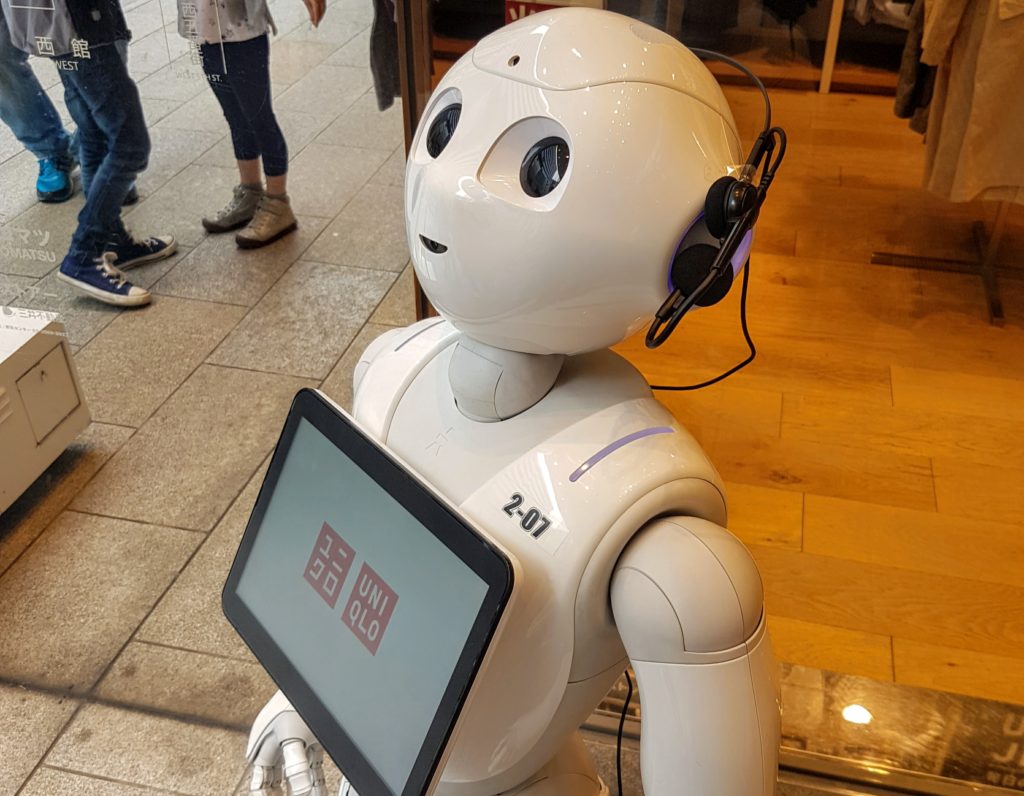Sponsored Listings:
Travel is a fact of life. From business to leisure, we are never short of reasons to travel around the world, and because of this, technology is becoming increasingly travel-friendly to match. The latest technological innovations aim to make every facet of our lives easier, and air travel is no different! While it’s easy for us to compare airlines, such as in my popular post Westjet VS Air Canada VS Porter, we should also be doing the same for airports.

Greener Travel Options
Major Canadian airports like the Vancouver International Airport or the Toronto Pearson International Airport see hundreds of thousands of new faces each month. Unfortunately, that translates to a lot of carbon emissions – but technology is here to help. Air travel contributes trillions of dollars to the world’s local economies, and by making travel greener, this income may even be boosted, as CO2 footprint limits become a thing of the past.
Air traffic has grown over 250% in the last 20 years alone, and new biofuels for planes and airport transport options aim to solve the environmental impact this increase has posed. For example, London Heathrow airport and other European air hubs have implemented driverless electrical pods in place of buses and taxis for transport to and from its terminals, reducing over 100 tonnes of CO2 every year. Driverless cars may certainly prove helpful at Canada’s main airports, decreasing peak traffic and even avoiding foreign travellers getting lost and missing their flights.

Cutting Edge Travel Tech
Currently, Canada’s main airports like Vancouver International offer manual flight check-ins and self-service check-in booths for their flyers. These have proven to be efficient, but new technology could further streamline the check-in process and allow travellers to board minutes before their flights are due to depart.
Google Glass is also developing 3D holographic displays and panoramic maps to help flyers book flights, hotels and transport with ease, all while avoiding double-bookings and missed flights. Personalised services may also be able to pre-determine and arrange each traveller’s flight and transport preferences, while checking them in automatically for a quick and stress-free experience. Holographic airport staff may even be introduced in Canada, and have already proven successful at London Luton!

Robots and Smartphone Travel Apps
Robotics is a growing area of technology that can’t be ignored when it comes to travel. Canadian flyers may soon be privy to these innovations at major local airports, assisting them in everything from checking in to transporting their luggage. Currently, several companies are developing luggage that will follow its owner through airports without having to be carried, a similar concept to YYC’s new Crisbag baggage handling system, which implants a microchip into each tote for constant tracking which reduces baggage loss practically to nil.
Payment methods like Bitcoin and fingerprint authentication will also make airport purchases easy, whether they are for flights or simply for buying a drink at a kiosk. Semantic technologies may even be developed to ‘read’ their owners thoughts, automatically check them and their luggage in, and verify their owners at security gateways. Likewise, computed tomography – like Canadian airports’ new CATSA system – will be able to detect security threats as well, reducing the need for the traditional pat-down.
While these innovations sound far-fetched, most of them are already in the process of being developed and should be implemented at Canadian airports in the foreseeable future. Now all that’s left to do is imagine being automatically checked in at the airport, autonomous luggage in tow, as holographic assistants make your flight as comfortable as possible every time.
Have you travelled through any airports that you felt were doing something unique and different? Share in the comments below!
Watch now!
Source: ibackpackcanada.com










